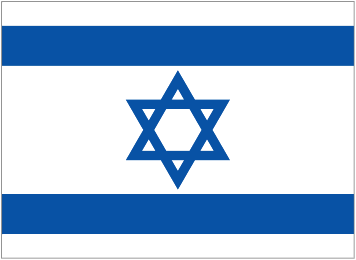Deir Yassin, West Jerusalem (Israel)
"For Palestinians, the 1948 massacre by Irgun & allied Stern Gang soldiers of more than 200 residents of Deir Yassin, a tiny village near Jerusalem (Israel), resonates sharply as a focal point of history. The dead victims -- almost all women, children & old men -- became irrefutable evidence of the consequences for Palestinians of the creation of the new Jewish state. The resulting forced exile of over 750,000 Palestinians in 1948 -- over two million scattered in a far-flung diaspora today -- remains at the heart of the Israel-Palestine conflict." Click here for peace monuments in Palestine before 1949 -- with chronology of selected events before 1949
Click here for peace monuments in Palestine (West Bank & Gaza) since 1948
Click here for peace monuments in Israel (All EXCEPT Jerusalem) since 1948 -- with chronology of selected events since 1948
Click here for peace monuments in Israel (Arab monuments ONLY) since 1948
Click here for peace monuments in Jerusalem (West & East) since 1948
Click here for peace monuments at Yad Vashem Holocaust Memorial in West Jerusalem (Israel)
Click here for peace monuments related to Olive Trees & Olive Branches worldwide
Click here for peace monuments related to Quakers (Society of Friends) worldwide
Click here for peace monuments related to Rachel Corrie [1979-2003] worldwide
Click here for Oldest & Biggest Peace Monuments worldwide
Click here for Palestinian Village of Deir Yassin in West Jerusalem (Israel)-- THIS WEB PAGE
Click here for Peace Poles in Palestine & Israel
Click here for Vocabulary of the Israel/Palestine Conflict"I grew up [in Jerusalem] knowing that Deri Yassin was a rallying cry among Palestinians.
And of course every Israeli schoolchild is taught to remember the massacre of the seventy-seven Jews killed in the convoy to Mount Scopus."
-- Kai Bird, "Crossing the Mandelbaum Gate: Coming of Age Between the Arabs and Israelis"
Right click image to enlarge.
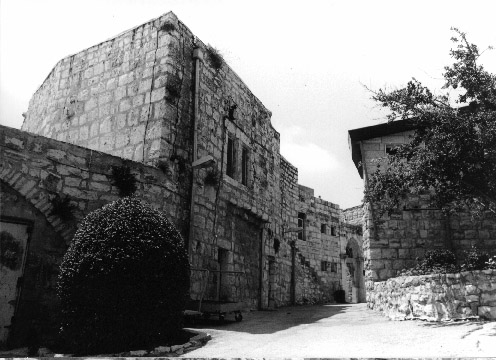

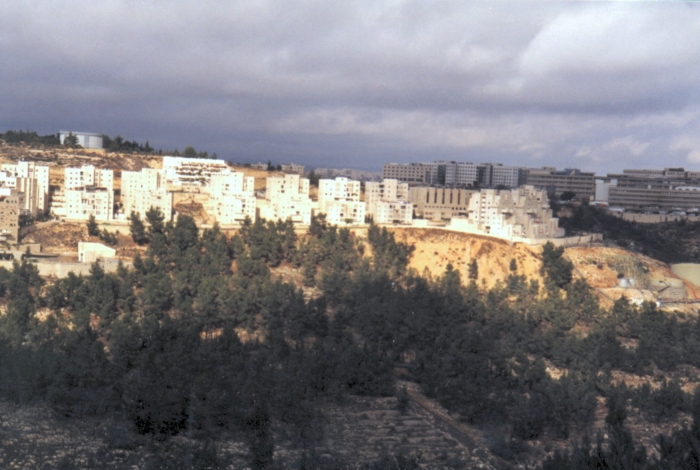
| V I L L A G E |

| C H O O L |
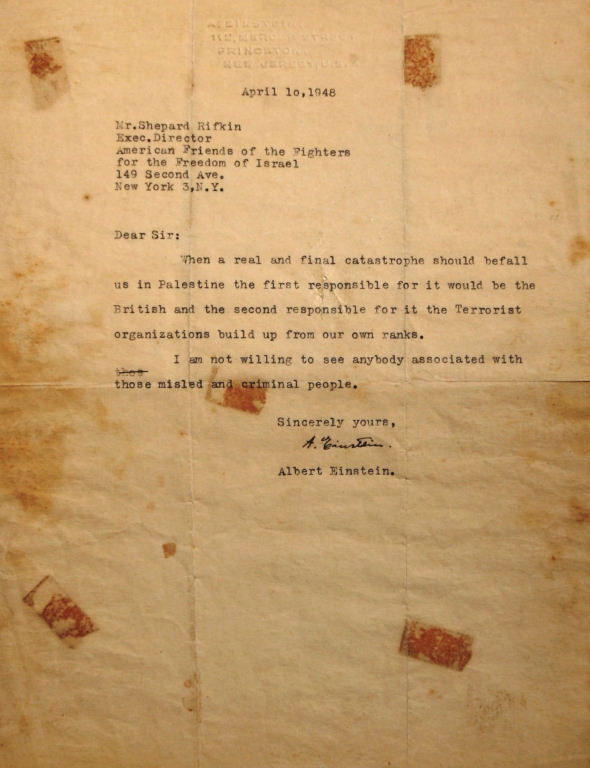 | E T T E R |
  | M B U S H |
| May 14, 1948 - Israel is declared independent by David Ben-Gurion, executive head of the World Zionist Organization & chairman of the Jewish Agency for Palestine... The event is celebrated annually in Israel with a national holiday called Yom Ha'atzmaut. |


| A T E |

 
| O S P |

| U S E U M |  | O L E |


| O R E S T |

 | S C U L P T U R E |

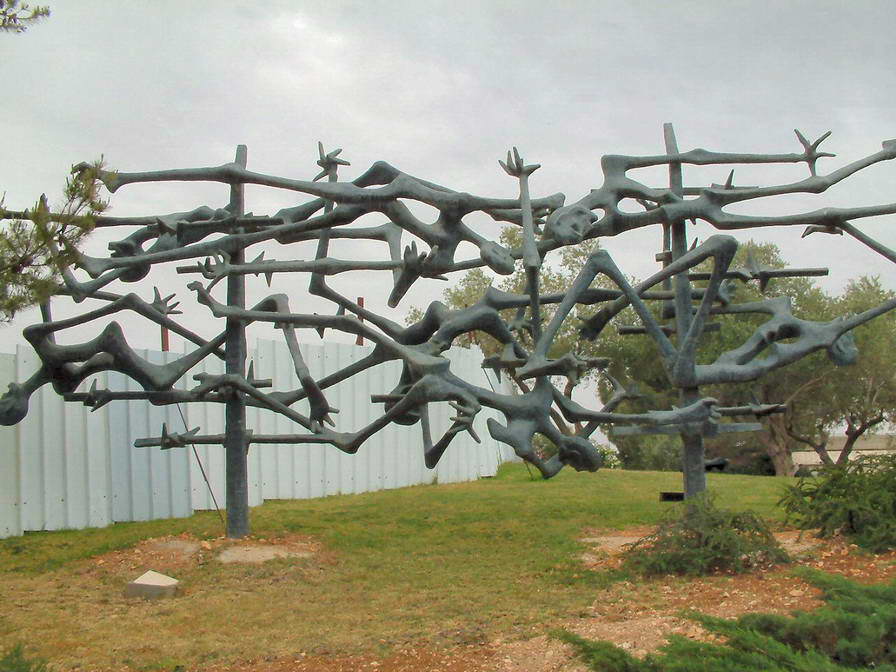
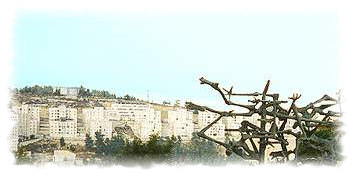
| S C U L P T U R E |

| T O N E |
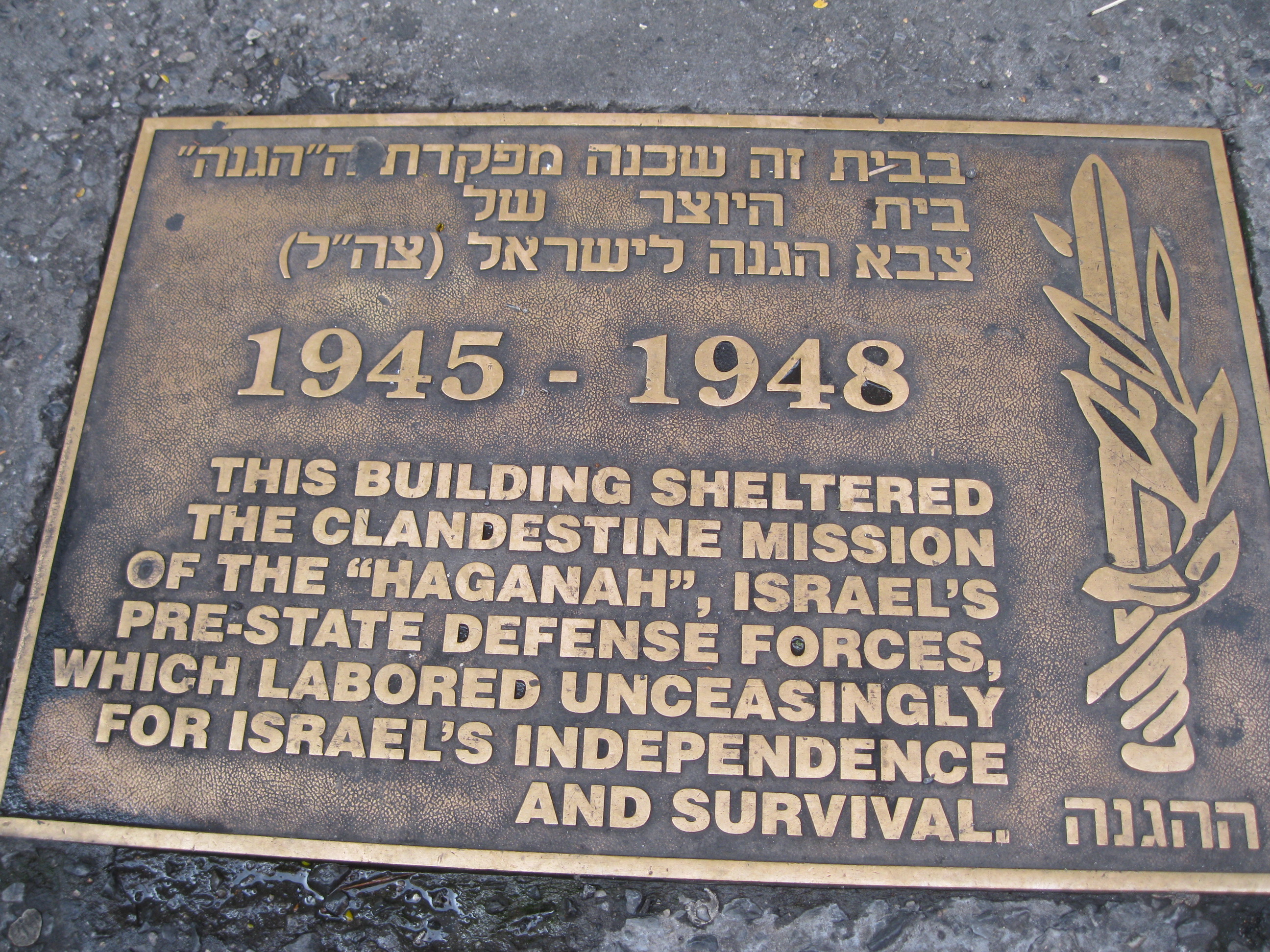
| L A Q U E |
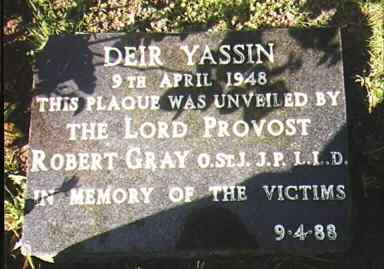
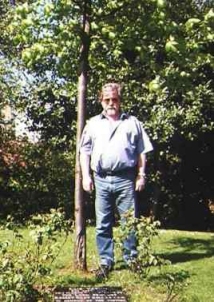
| R E E |

| O O K |
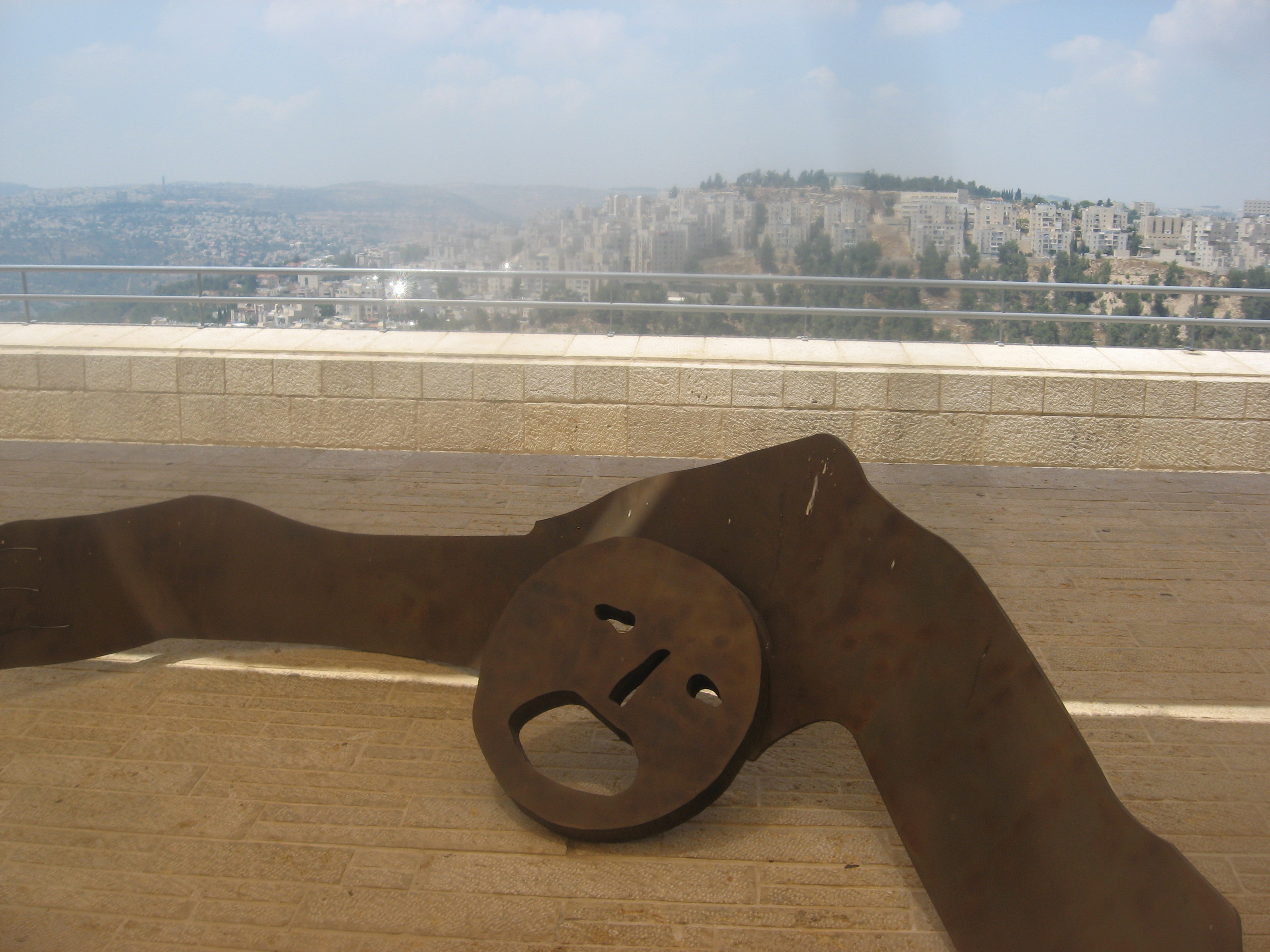
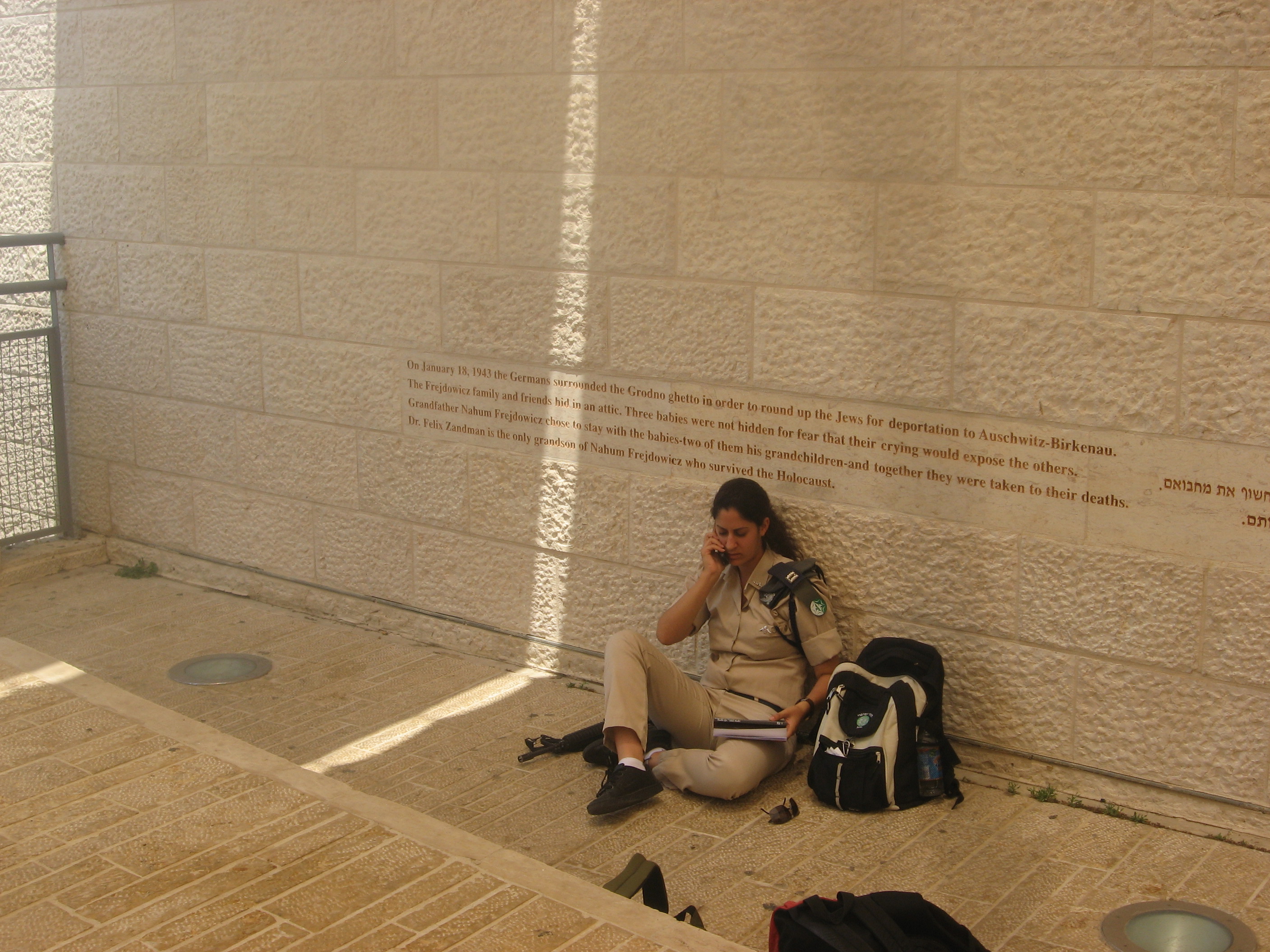
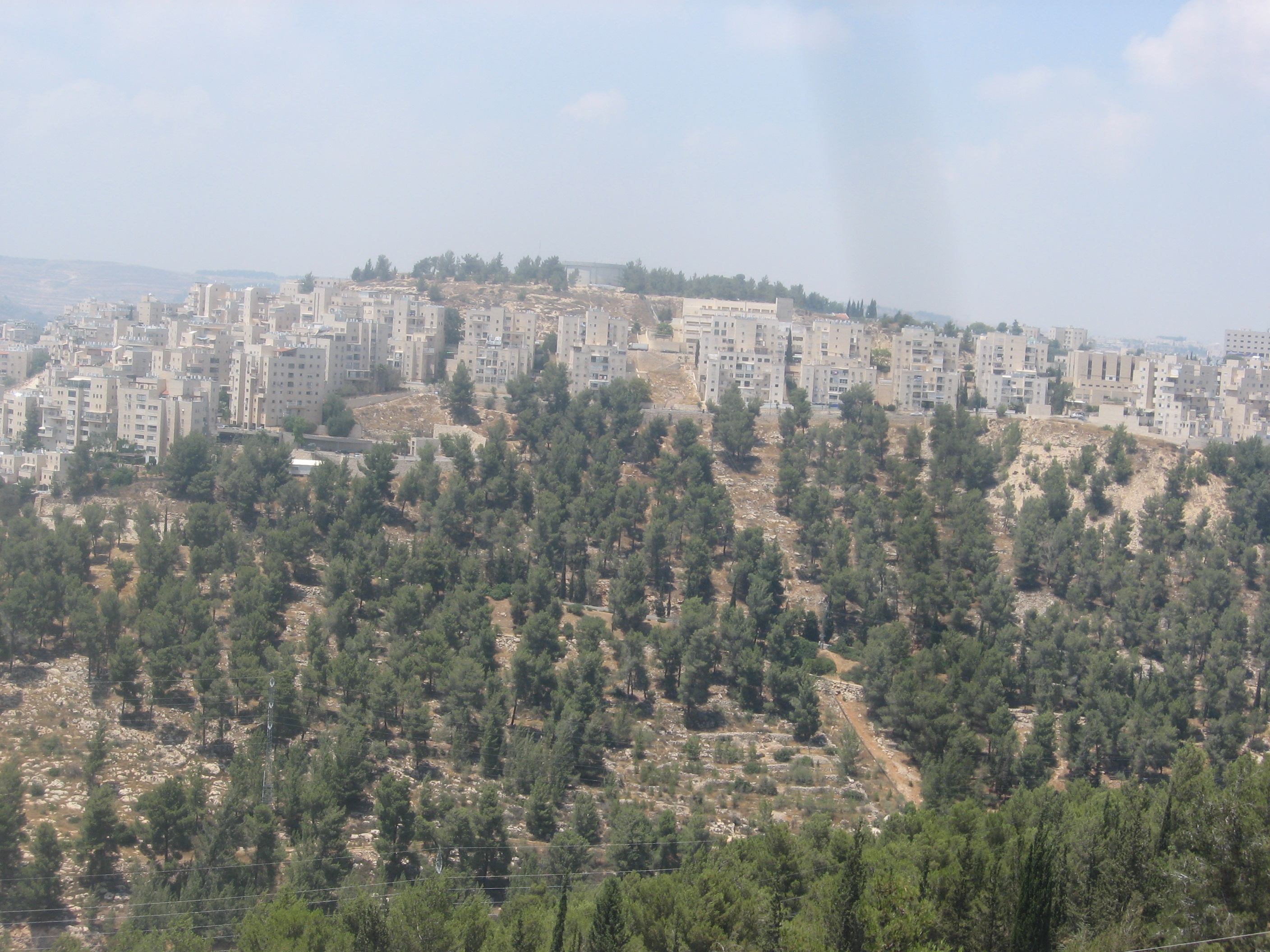
| P L A Z A + S C U L P T U R E |

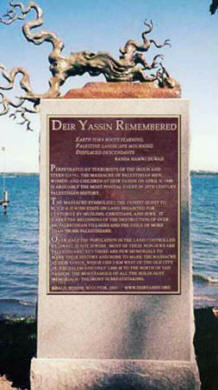

| R E E |

 | I D E O |
  | I D E O |

| O O K |
 | I L M |

| I L M |
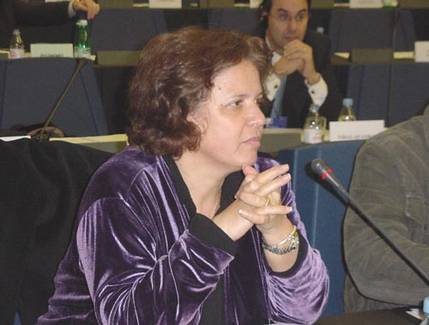
| O O K |
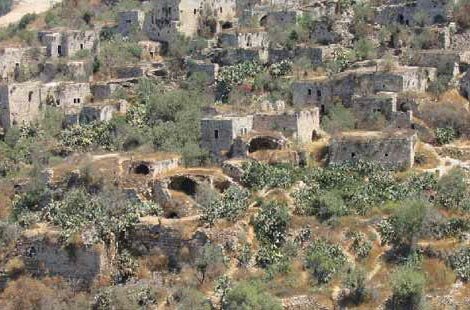
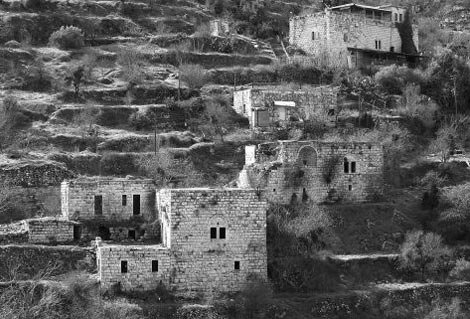
| I L L A G E |
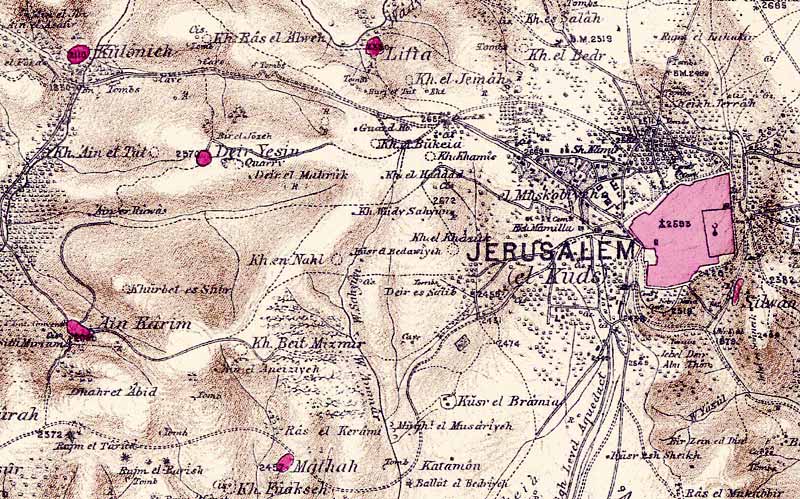 |  |

| I L L A G E |
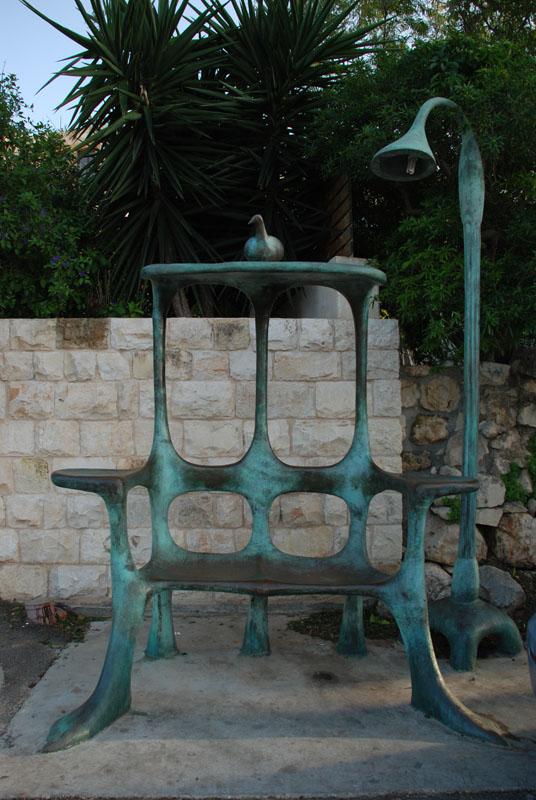
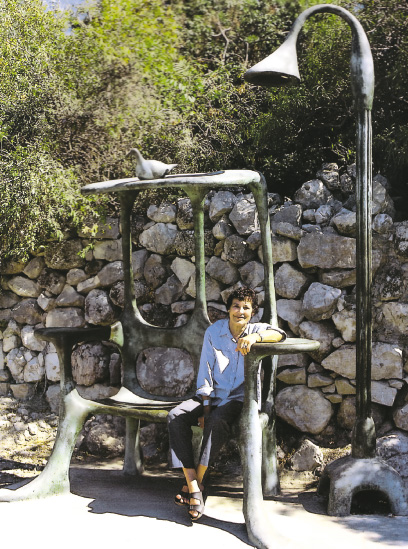
| H A I R | 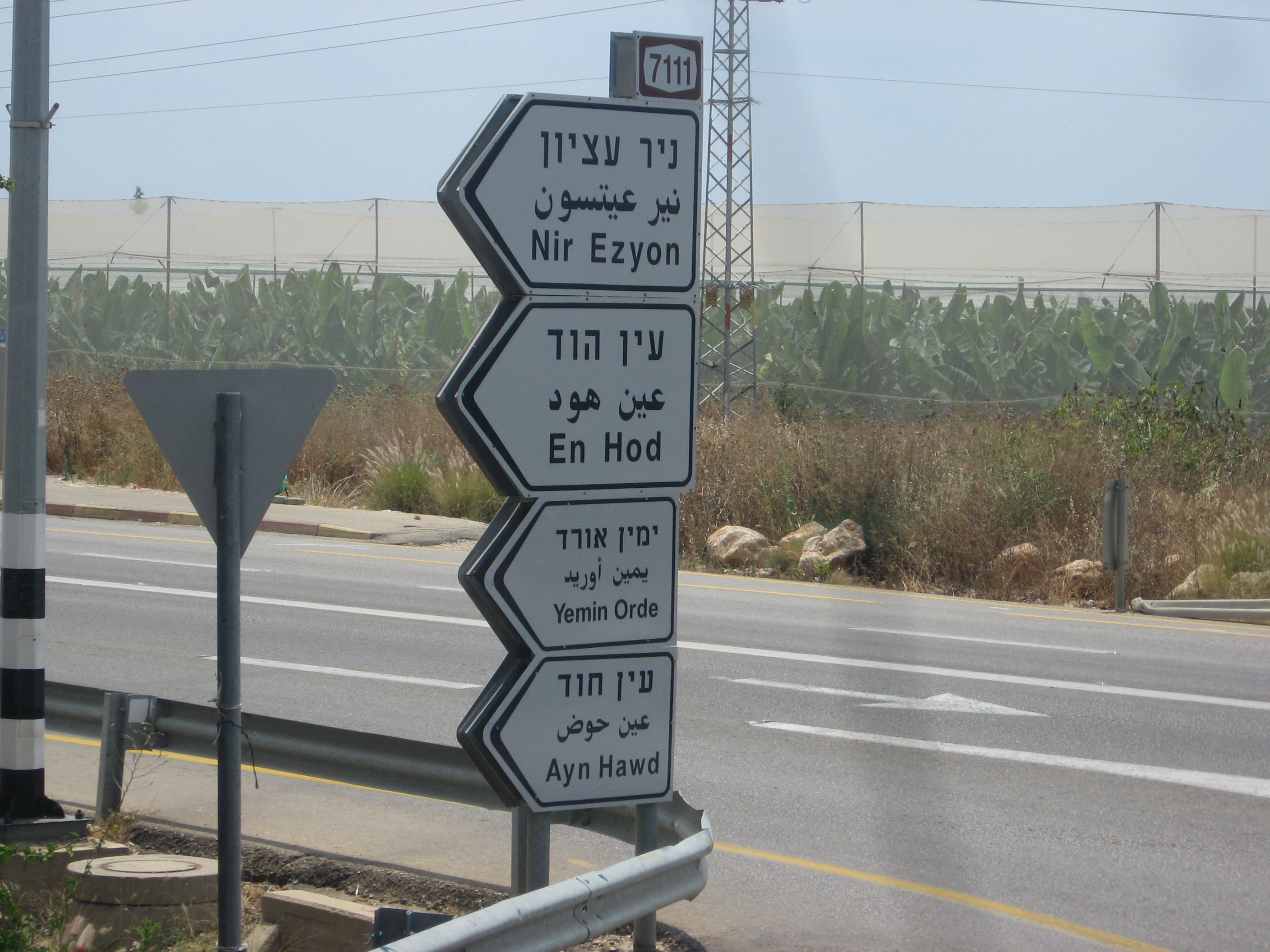
|
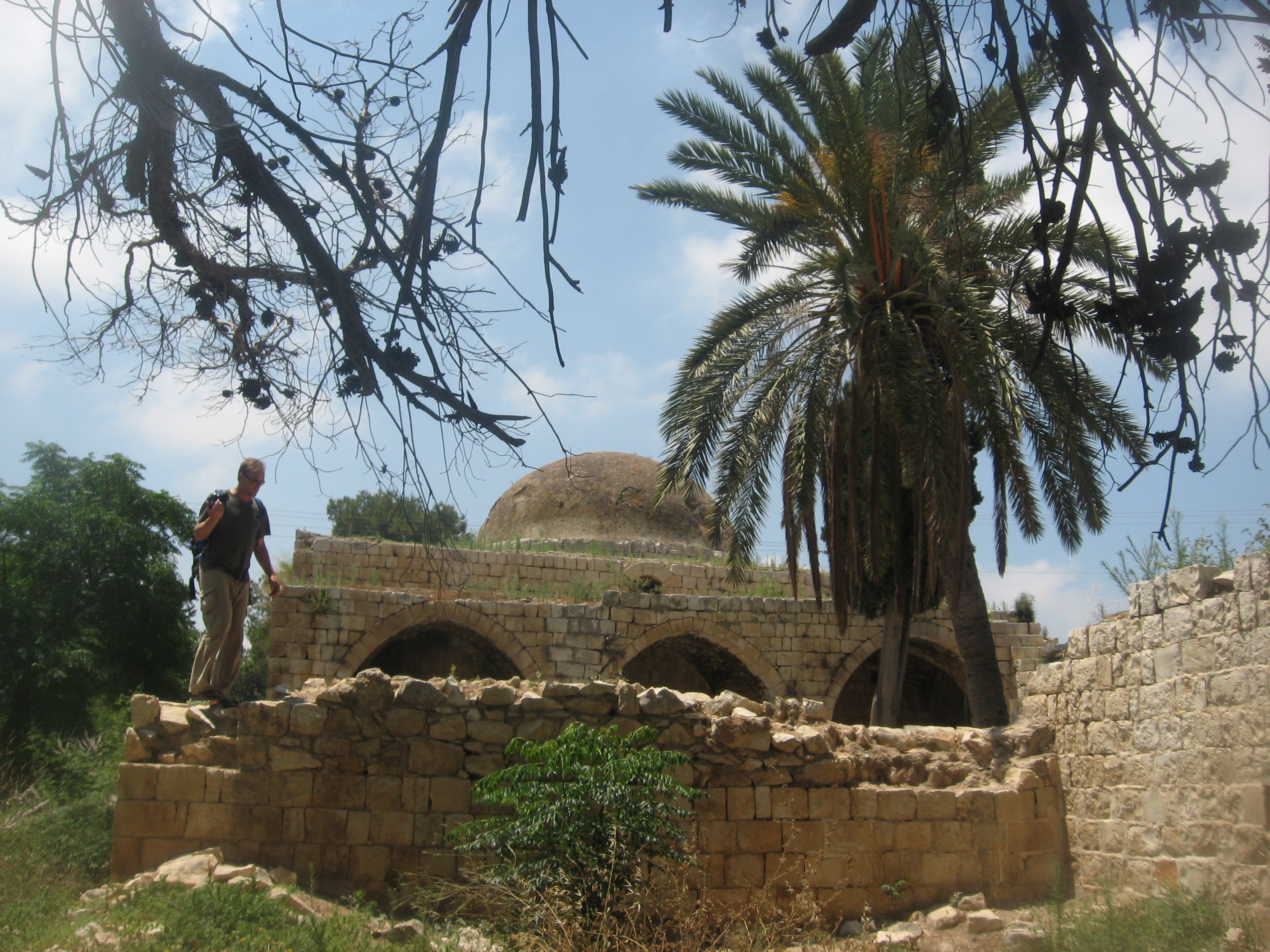
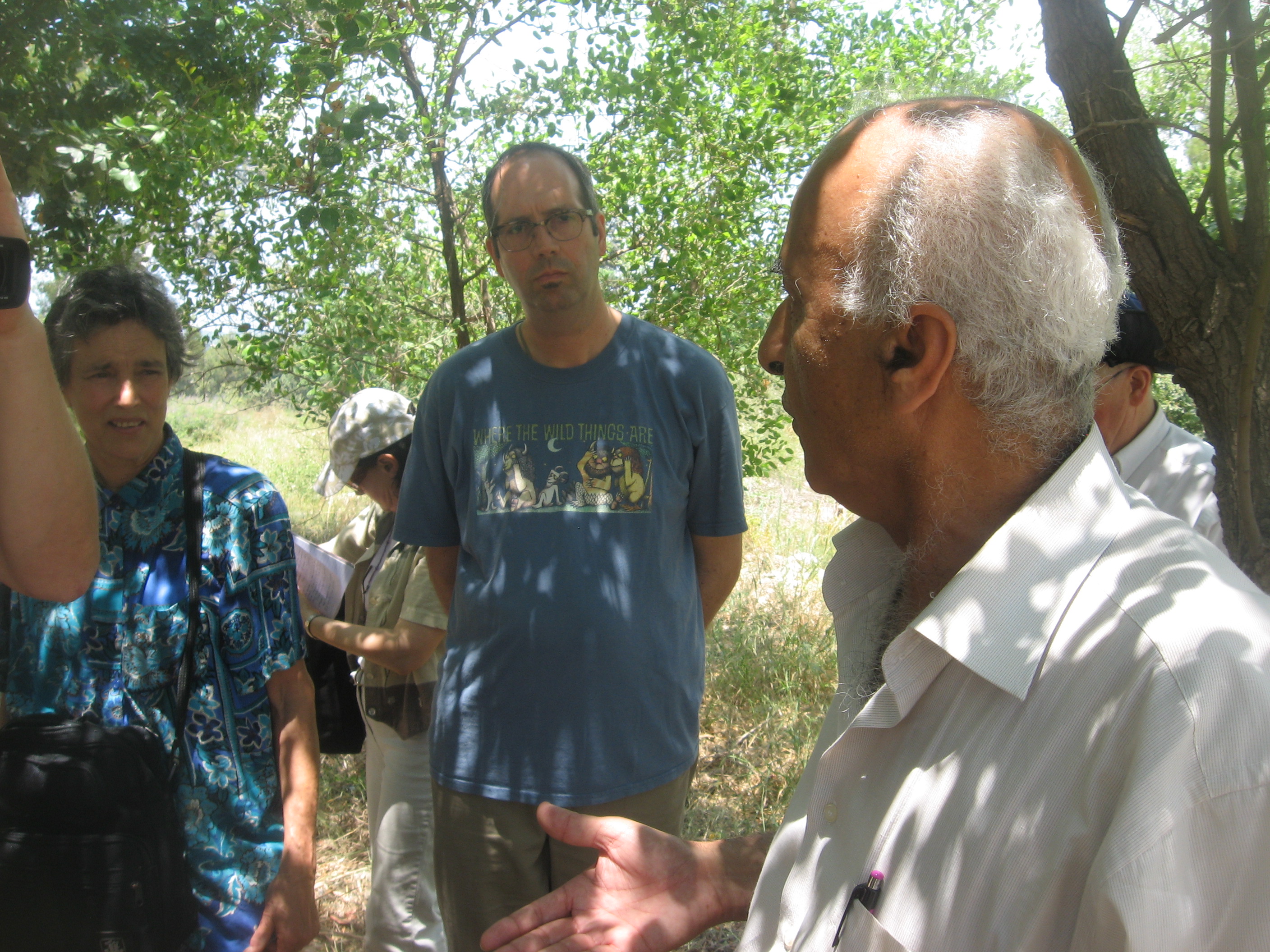 | V I L L A G E |

| V I L L A G E . D A T A B A S E |
